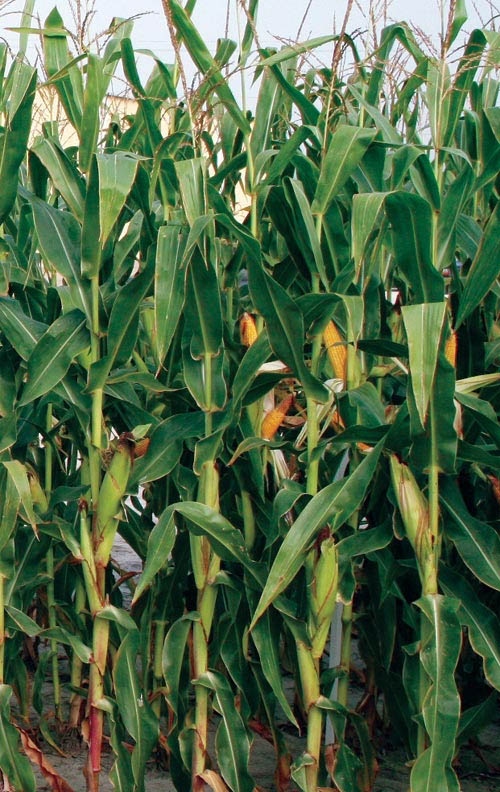
Although the 2011 battle for crop acreage isn’t completely over, the market now has a much better handle on what to expect as we move into the growing season.The long awaited Prospective Plantings Report indicated high prices will pull a little over 8 million more acres into total crop production this year compared to 2010.Corn was the big winner with a 4 million-acre jump in planting intensions.
April 13, 2011

Although the 2011 battle for crop acreage isn’t completely over, the market now has a much better handle on what to expect as we move into the growing season.
The long awaited Prospective Plantings Report indicated high prices will pull a little over 8 million more acres into total crop production this year compared to 2010.
Corn was the big winner with a 4 million-acre jump in planting intensions. The 92.2 million-acre estimate is the second largest since World War II and gives the corn market a fighting chance to rebuild its depleted stockpile.
The national average yield will need to bounce back to 2009 levels for significant progress to be made on that front, but with soil moisture plentiful almost everywhere corn is grown in the United States that’s a strong possibility,
There will also be a substantial jump in cotton acreage, although USDA’s initial estimate was not as large as expected. Cotton plantings were pegged at 12.57 million acres, compared to slightly less than 11 million last year.
Because cotton supplies will be extremely tight by the time this year’s harvest rolls around, any increase in production will be welcomed. However, the ongoing drought in west Texas could have a big impact on the national average yield.
Soybeans and rice got the short end of the acreage stick. USDA’s early March survey work pointed to an 800,000-acre decline in soybean acreage versus last year. That number could get considerably larger, however, if soil and weather conditions are right for double-cropping soybeans after the soft red winter wheat harvest.
Rice plantings are expected to drop nearly 600,000 acres or a whopping 17 percent from last year’s total.
With the exception of rice, all of these markets desperately need generous production totals this year. Concerns about the corn market’s tight supply situation were further heightened by the March Grain Stocks Report.
Corn stocks were 1.2 billion bushels smaller than a year earlier at the mid-point of the marketing year. This implies record usage — despite high prices — and probably means the stocks-to-use ratio will drop below 5 percent for the first time on record.
It is interesting to note, however, that on-farm stocks are unusually low. That means commercial grain companies and end-users own the majority of remaining corn supplies.
With a new sense of urgency to slow consumption, corn futures quickly rallied a dollar per bushel. This leg up is clearly putting a squeeze on poultry operations, but livestock and ethanol prices are high enough to allow those industries to take high input costs in stride.
The biggest demand-side wild card for corn is China. I was told during a recent visit to China that feed processors won’t need to import all that much corn this year. But the rumor mill is in high gear and there continues to be talk Chinese buyers are shopping for both U.S. and Argentine corn.
About the Author(s)
You May Also Like



